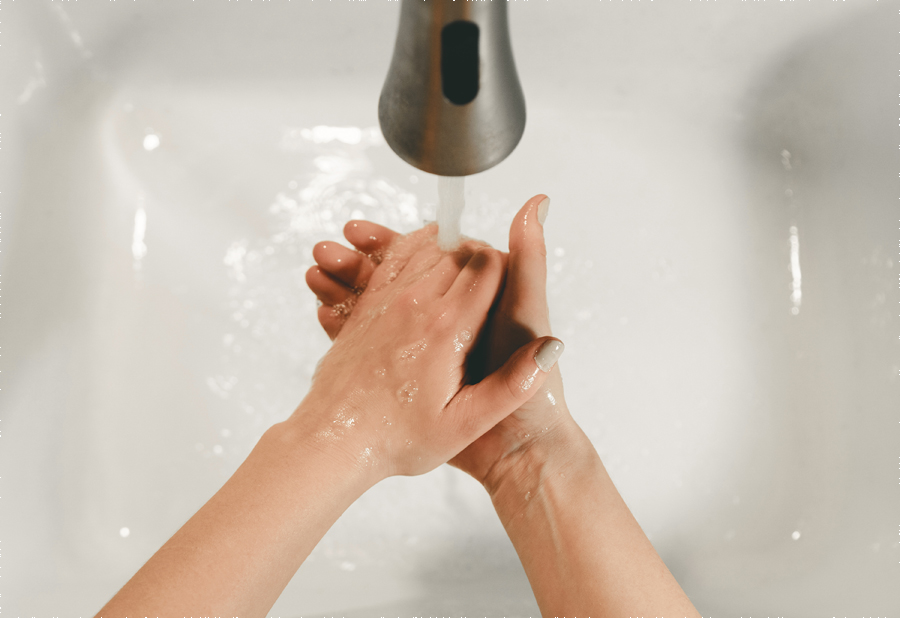After the onset of the Pandemic and COVID19 changed the world in so many ways, we’ve started to realize and be wary of things that were never on anyone’s mind before. We’ve learned to always sanitize our hands and any items we intend to use, whether at home or in a public place. Sterilization is vital to critical environments like hospitals and clinics. All the equipment, floors, tools, devices, and pieces of furniture should be efficiently sterilized as the harm and damages that can result from any sign of contamination can be catastrophic. Patients put their trust in these facilities and assume that everything inside is 100% safe. However, sometimes contaminants are hard to get rid of and need special and stronger sterilization methods. Medical sterilization has many effective methods depending on chemical processes, pressure, and temperature. It’s important that you gain a deeper understanding of what goes into this process and how effective it is, regardless of whether you work in the medical field or not. Read on to learn more about the top ways of keeping your equipment sterilized and safe.
VHP
Vaporized hydrogen peroxide or VHP sterilizers use the vapor of hydrogen peroxide. These sterilizers take the humidity out of an enclosure while a generator quickly injects hydrogen peroxide into it till it reaches the right amount of concentration which is needed for sterilization. Any microorganisms that can be found get eliminated by the vapor. After that, the hydrogen peroxide vapor gets broken down as the generator reverses the whole process, so it turns into elements that do not cause any harm to the environment. Sterilizing using vaporized hydrogen peroxide has a low cycle time, which leads to sterilizing high volume batches equipment.
Autoclaves
Autoclaves utilize pressure and temperature in the process of sterilizing, as they are big chambers made of steel in which steam is circulated inside of them at high pressure and temperature, and that is how they sterilize different items in them. These autoclave sterilizers are very economical and still have a short cycle of time. The process of industrial autoclaves includes bonding of structural adhesives, vulcanization of rubber, and processing of composite parts.
Plasma Gas Sterilizers
This method of sterilization works by using low-temperature hydrogen peroxide gas plasma in a chamber to eliminate any living microorganisms found lurking on dental and medical equipment. These microorganisms include fungi, spores, viruses, and bacteria. All equipment in the enclosure gets sterilized when the vaporized hydrogen peroxide enters the chamber. Moreover, as soon as the vapor is pulled out of the chamber, low-temperature plasma gets produced, which ensures the perfect sterilization process for all the equipment and tools. Sterilizing by using plasma gas sterilizers does not pose any risk or danger to the environment of medical staff as all that remains, after all, is done is oxygen and water. However, this method can be a bit expensive, yet very effective and best used for medical tools that are sensitive to moisture.
Radiation Method
This is actually one of the better known methods when it comes to medical sterilization. It is one of the dry heat methods where packed materials get exposed to radiation for sterilizing. The radiation method has two types:
- Non-ionic, which poses no danger to the person doing the sterilization procedure.
- Ionizing radiation, which requires protective gear to protect the person in charge of the procedure.
If is particularly effective because it’s known to get rid of any toxic residue left behind after equipment has been chemically sterilized, and consequently gives a more thorough cleansing of any item in question.
Chemical Sterilization
Strangely enough, this method utilized toxic gases to sterilize equipment and different items. Bacteria filters are used in the process of sterilizing liquids that are sensitive to heat. There are three types of filers that can be used in this process:
- Membrane filters that are thin and made of cellulose. They are used for sterilization during injections. This filter can cause improper sterilization as they rupture easily.
- Seitz filters are thick and are made of asbestos. Unlike membrane filters, they do not rupture easily, but they can absorb the whole solution in them.
- Candle filters are made of clay that has big pores to trap microbes in them.
The substance that needs to get sterilized determines the type of filter that should be used.
Moreover, proper sterilization of tools and equipment can save you money. Bear in mind sterilizing is different from disinfecting, as disinfecting equipment is needed, however, is never enough! Disinfection does not eradicate bacteria, on the other hand, you’ll find that sterilization certainly does.
When it comes to using particular equipment in certain areas, it is of the utmost importance to ensure their cleanliness to the point of complete sterilization. This is clearly the case when it comes to hospital equipment as an obvious example. And it is more of a necessity after the breakout of the recent Pandemic. The disinfecting and cleaning of equipment come as a first step before the process of sterilization. The awareness about proper disinfection and sterilization methods increased after the breakout of Covid-19 on the personal level too, and during these uncertain times, special care should be given to sterilizing and disinfecting medical equipment and tools as this new virus keeps changing and is very unpredictable. It is imperative for people working within the field of medicine to have a deep understanding of how sterilization works and what different methods are available. The common person also should be aware of this to understand what is used for the equipment that they will be utilizing when they get treatment. This includes the knowledge of the methods and of the chemicals as well so they understand what kind of exposure is occurring.
Comments
comments